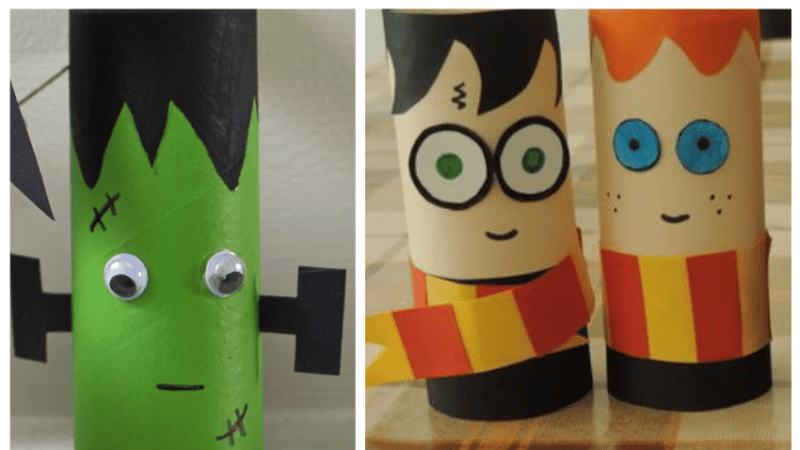Best Teaching Resources for Creating and Studying Characters in KS3 English

Help your secondary students delve deep into literary characters and flesh out their own these reading and writing activities, ideas and lesson plans

- by Lloyd Burgess
- Former editor of Teachwire

Great Expectations for Year 8
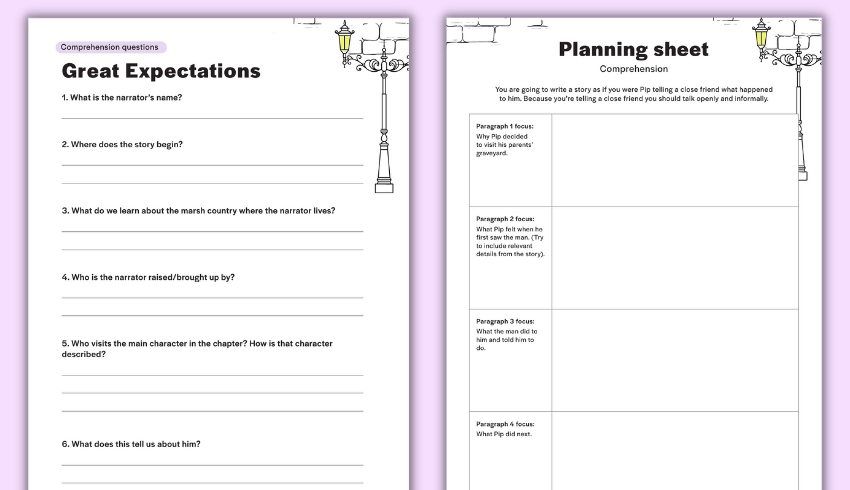
This free Year 8 English worksheets pack introduces pupils to 19th-century writing. Use these resources, themed around Great Expectations, to prompt students to focus on Dickens’ use of characterisation, vocabulary choice and juxtaposition.
Shakespeare character lessons
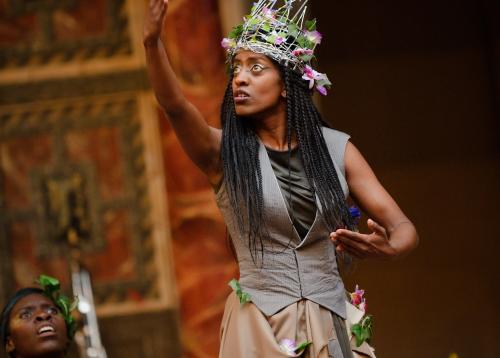
We might as well start at the top with the greatest writer and some of the greatest characters in literary history. Shakespeare’s Globe has a range of different lesson plans, including character-based ones for some of the most famous plays, including:
Check out all of its character-related lessons here.
Develop characters through script work
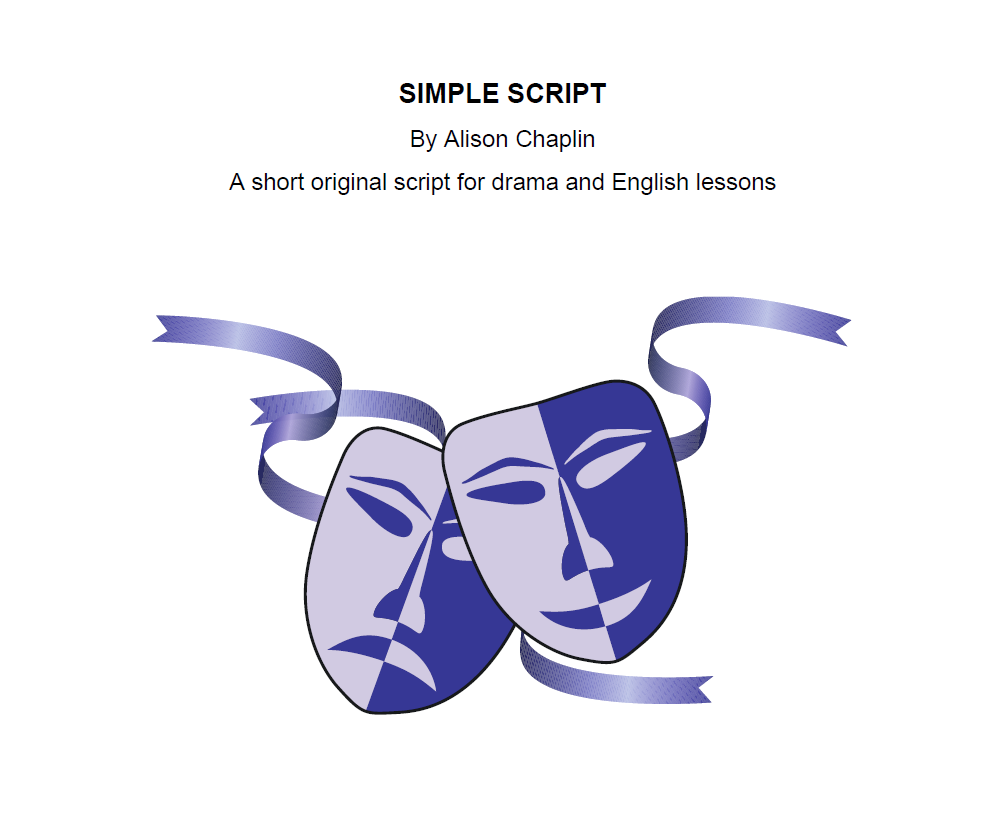
This simple original script from Alison Chaplin (Arts on the Move) is for two people to use for improvisation, role play, characterisation work, script annotating or writing, or for exploring PSHE issues.
Younger pupils can simply write the rest of the scene, or the following scene. Older pupils can add cut-away scenes and develop the extract into a whole play.
It can be used as a dialogue for performances, or as an exercise in writing scripts, and is also useful as a springboard for character work, improvisation, and learning about annotating scripts.
Character wheels

This resource uses two character wheels, one for appearance and one for personality, and asks students to use them to describe themselves. They then move on to doing the same to outline the type of character they would like to meet, and a type they would not.
Once they’re familiar with this practise it then tasks them with doing the same for three characters from whichever book they’re reading.
Alternatively, TeachIt English also has this writing activity which tasks students to write an obituary for a character.
Download the character wheel PDF here.
Inspector Goole character study
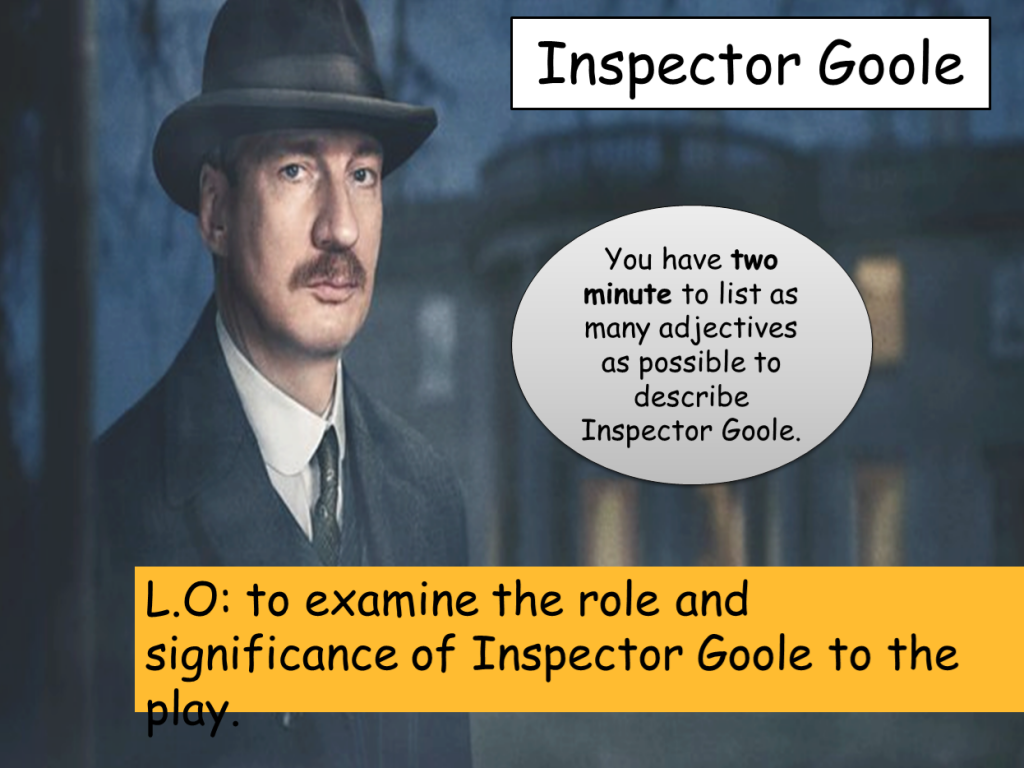
This detailed lesson from Educated Minds with Ms Cole looks at the significance of Inspector Goole in An Inspector Calls to the play, and includes an exam question and self-assessment sheet using grades 1-9.
It is one of 13 detailed lesson PowerPoints for revision of ‘An Inspector Calls’, each focusing on a different character or theme using a variety of tasks.
“It was a dark and stormy night…”

This activity gets students to flesh out a character from a simple sketch of their face to a fully three-dimensional person.
From their portrait they add the character’s name, describe their appearance with five adjectives, and their character with five more, then list three things they like doing, and who they live with.
After that, get them to write ‘It was a dark and stormy night, and’ then add their character’s name, ‘was’ and then carry on the story.
Characterisation of Homer Simpson
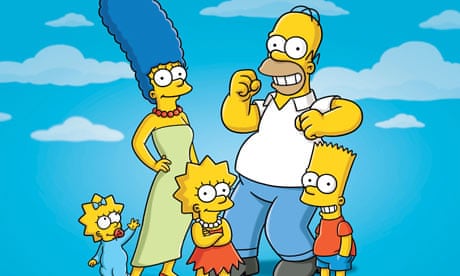
In English teacher Alan Gillespie’s Guardian article ‘Creative writing in the classroom: five top tips for teachers’ he includes a fun, tried-and-tested little exercise on characterisation.
Pupils divide a page and give each quarter the headings ‘likes’, ‘dislikes’, ‘motivations’ and ‘flaws’. These need to be explained and discussed, and Gillespie here uses Homer Simpson and Edward Cullen as models. What makes these complex and rich characters? What makes them get out of bed every morning? What stops them from achieving their ultimate goals in life? How would they react in various situations?
Once pupils have thought about these characters, they then complete their quartered page with as many pieces of detail as they can for their own character.
They then swap with a partner and, using another person’s character notes, write a monologue beginning with the line, “I lay away, unable to sleep, and all because…”
What is this new character excited about, or scared of? What have they done or what will they have to do? This exercise is always busy, exciting and produces promising and complex pieces of writing.
Check out the full article here.
Teach character through dramatic movement
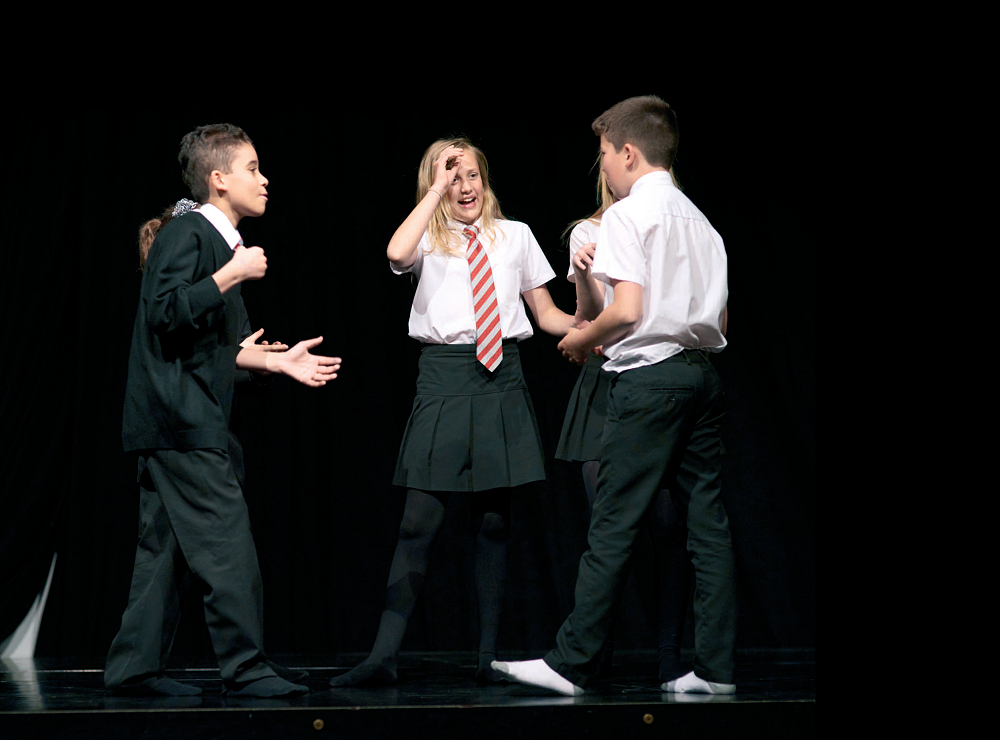
Develop your pupils’ skills at portraying and understanding different characters through movement with this lesson devised by drama staff at Clacton Coastal Academy, which draws on the ‘Italian Commedia Dell’Arte’ form of theatre.
The lesson is designed to develop students’ knowledge, skills and understanding of movement within characterisation.
So, after studying basic improvisational and mime skills, young people will laern that drama and acting are about much more than the soap operas and Netflix that they are glued to each evening.
With the freedom to experiment, the students can make direct links to the importance of Italian theatre and its influences on modern day entertainment. This is a fun and playful lesson, which encourages high levels of student engagement and doesn’t inhibit ability.
Get this free lesson plan here.
Character introduction examples

If you’re looking for examples of character introductions to share with your class, this PDF features a range from things like Harry Potter, I Know Why the Caged Bird Sings and The Adventures of Huckleberry Finn amongst others.
Character tropes
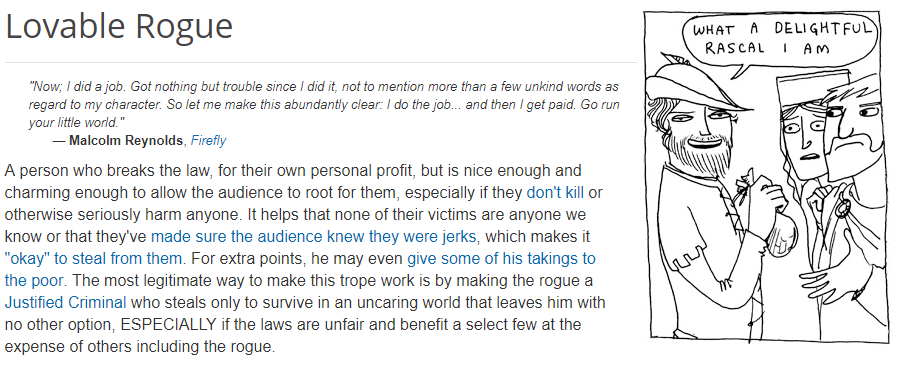
As well as teaching them how to create characters, why not have some fun telling them how not to create characters.
The excellent site tvtropes.org includes a section on archetypal characters which will help your students be aware of cliches, lazy writing and underdeveloped characters.
There are basic ones like the hero, and the anti-hero, and others you’ll know like the klutz, the sidekick and the rebellious spirit, but there are way more than that, and some of them come with absolutely delightful names (and a charming illustration).
Here are some of our favourites:
- Commander Contrarian
Commander Contrarian’s main purpose in the plot is to naysay and find flaws in the hero’s plans so the others can fight physical and social obstacles. Their objections can be born of stupidity, pragmatism, or politics, but will almost always be just plain wrong. - The Barefoot Sage
The archetypal character of a sage, a mentor, an oracle, a wise man/woman is sometimes given an unusual additional trait: an aversion to shoes. Whatever the cause is, the lack of footwear makes the character look singular and different from everyone else, and therefore may serve to emphasise that (s)he knows and sees more than an ordinary person does, and is just too wise to care about social conventions. - The Ineffectual Loner
He’s badass. He has cool clothes. He’s a little less idealistic than the hero. He makes a grand entrance. Why’s he a loner? Generally it turns out to be some kind of betrayal, or maybe he lost friends or family and now he just wants to be alone. He’s also obnoxiously condescending because all loners Are freaks. - The Mary Sue
The prototypical Mary Sue is an original female character who obviously serves as an idealised version of the author mainly for the purpose of wish fulfilment. She’s exotically beautiful, often having an unusual hair or eye colour, and has a similarly cool and exotic name. She’s exceptionally talented in an implausibly wide variety of areas, and if any character doesn’t love her, that character gets an extremely unsympathetic portrayal.
Check out more character tropes here.
Browse our selection of English games KS3 ideas.






